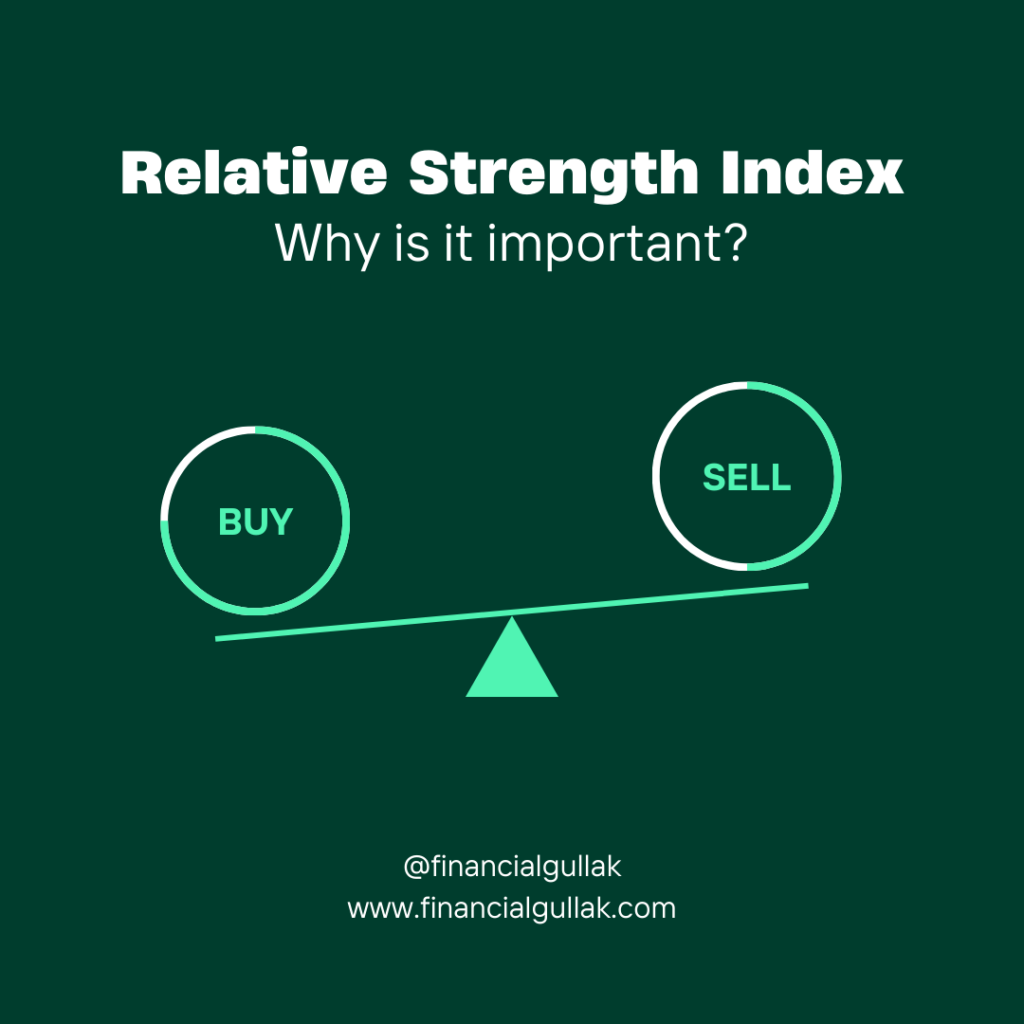Introduction
In the world of technical analysis, the Relative Strength Index (RSI) is a popular and widely used indicator. This article aims to explain the RSI in simple words, providing examples and practical insights on how to analyze and utilize the information it provides. We will explore its importance as a momentum oscillator while acknowledging its limitations.
What is the Relative Strength Index (RSI)?
The RSI is a technical indicator that measures the magnitude of recent price changes to assess whether a stock or any other financial asset is overbought or oversold. It was developed by J. Welles Wilder Jr. and is displayed as an oscillator on a scale of 0 to 100.
Understanding RSI Calculation and Interpretation
The RSI calculation involves comparing the average gains and losses over a specified period, typically 14 days. The RSI value ranges from 0 to 100, with readings above 70 indicating overbought conditions and readings below 30 indicating oversold conditions.
For example, let’s consider a stock with a 14-day RSI of 80. This high reading suggests that the stock may be overbought and could potentially experience a price correction. Conversely, a stock with a 14-day RSI of 20 indicates oversold conditions, suggesting a possible price rebound.
Analyzing and Using RSI in Trading
Overbought and Oversold Levels: Traders often use RSI to identify potential reversal points. When the RSI reaches or exceeds the overbought level, it may be an indication to consider selling or taking profits. Conversely, when the RSI falls to or below the oversold level, it may signal a buying opportunity.
Divergence: RSI divergence occurs when the price of an asset and the RSI indicator move in opposite directions. Bullish divergence suggests a potential upward reversal, while bearish divergence indicates a possible downward reversal.
RSI as a Confirmation Tool: Traders often use RSI in conjunction with other technical indicators or chart patterns to confirm signals. For example, if a stock shows a bullish chart pattern like a double bottom, a rising RSI could add confidence to the potential bullish move.
Importance and Limitations of RSI
The RSI is valuable for several reasons:
- It helps traders identify overbought and oversold levels, potentially indicating a reversal in price direction.
- RSI can assist in confirming chart patterns and other technical indicators.
- It provides a standardized measure of price momentum, aiding in the assessment of market conditions.
However, it is important to recognize the limitations of RSI:
- RSI can sometimes give false signals, especially in trending markets where prices can remain overbought or oversold for extended periods.
- It is a lagging indicator, meaning it reacts to past price movements rather than predicting future price movements.
- RSI should be used in conjunction with other indicators and analysis techniques for comprehensive decision-making.
Conclusion
The Relative Strength Index (RSI) is a versatile tool that aids traders in identifying overbought and oversold conditions, as well as confirming other technical indicators. Understanding its calculation, interpretation, and limitations is crucial for effective use. By combining RSI with other analysis techniques, traders can make informed decisions and enhance their trading strategies.
